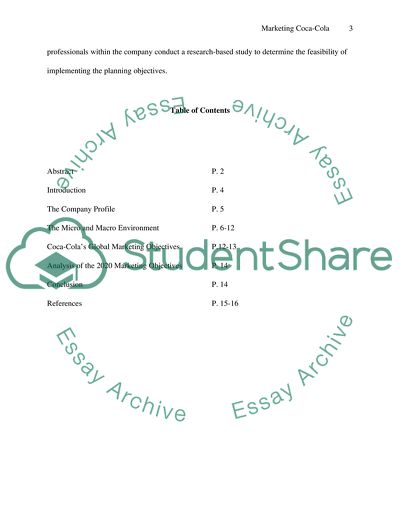Cite this document
(An Analysis of Coca-Colas Marketing Strategy Term Paper - 2, n.d.)
An Analysis of Coca-Colas Marketing Strategy Term Paper - 2. Retrieved from https://studentshare.org/marketing/1741123-research
An Analysis of Coca-Colas Marketing Strategy Term Paper - 2. Retrieved from https://studentshare.org/marketing/1741123-research
(An Analysis of Coca-Colas Marketing Strategy Term Paper - 2)
An Analysis of Coca-Colas Marketing Strategy Term Paper - 2. https://studentshare.org/marketing/1741123-research.
An Analysis of Coca-Colas Marketing Strategy Term Paper - 2. https://studentshare.org/marketing/1741123-research.
“An Analysis of Coca-Colas Marketing Strategy Term Paper - 2”, n.d. https://studentshare.org/marketing/1741123-research.


